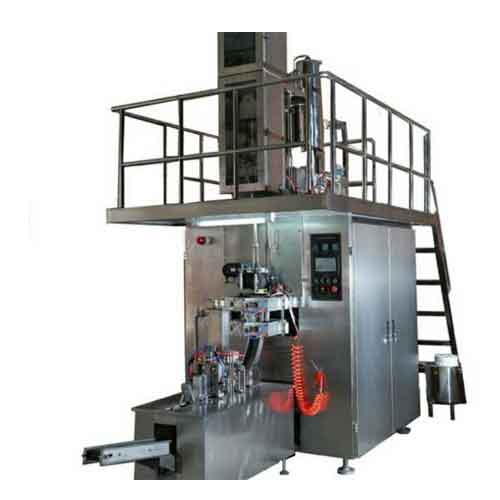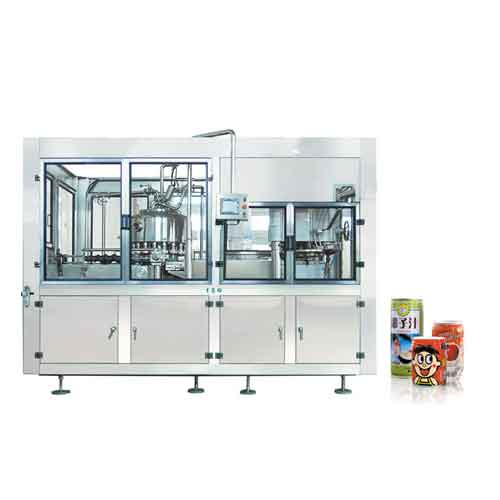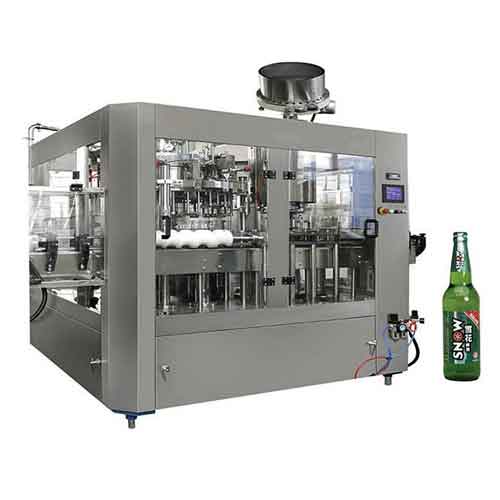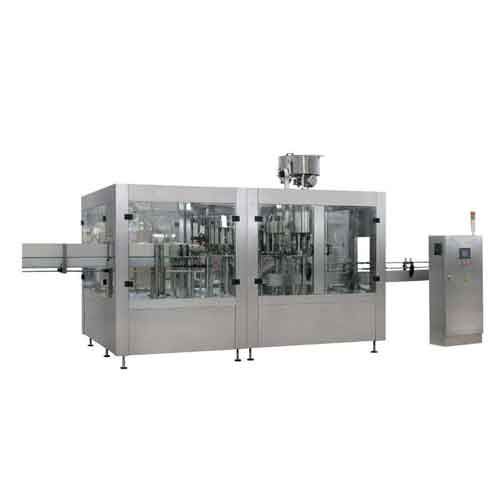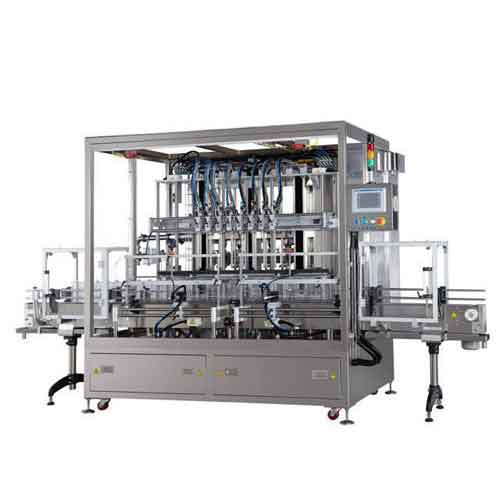Judging whether the rolling effect of the rolling machine is qualified mainly depends on several key indicators, which are directly related to the quality and production efficiency of the final instant noodles. The following are some of the main criteria for assessing the eligibility of the calendering effect:
1.Thickness uniformity: Check whether the rolled surface has a uniform thickness. Uneven thickness can lead to inconsistencies in subsequent processes such as steaming and frying, affecting the taste and appearance of the product. You can use measuring tools to measure the thickness of the surface at multiple points, ensuring that it is within the specified tolerance range.
2.Surface smoothness: The qualified rolled surface should be smooth, without cracks, bubbles, or uneven surface defects. This not only affects the appearance, but may also cause the dough to break or be incomplete in subsequent processes.
3.Dimensional stability: Check whether the rolled surface maintains good dimensional stability in length and width, avoiding excessive shrinkage or expansion during subsequent processing.
4.Edge neatness: The edges of rolled dough should be kept neat, without obvious burrs or tears, to ensure the smooth progress of subsequent cutting and forming processes.
5.Structural integrity: The dough sheet should maintain good structural integrity after rolling, without delamination or separation, to ensure the processing performance in subsequent processes and the quality of the final product.
6.Moisture content: The moisture content of the dough before and after rolling should be controlled within the range required by the process. Excessive or insufficient moisture content can affect the rolling effect and subsequent processing.
7.Rolling efficiency: Evaluate the production efficiency of the rolling machine, including rolling speed and continuity, to ensure that the production line's capacity is fully utilized while ensuring quality.
8.Product consistency: Check whether the continuously rolled dough has good consistency, avoiding significant differences in product performance between batches or within the same batch.
To ensure the qualification of the rolling effect, the following methods can be used:
1.Regular testing: Use professional tools such as thickness gauges, moisture meters, etc. to regularly test various indicators of rolled products.
2.Visual inspection: By visually inspecting the appearance of the surface, including color, surface condition, and edge neatness.
3.Sampling testing: Sampling from the production line for detailed testing, including physical, chemical, and microbiological testing, to ensure that the product meets food safety and quality standards.
4.Process parameter adjustment: Based on the test results, adjust the process parameters of the rolling machine in a timely manner, such as rolling roller gap, rolling speed, dough temperature and humidity, to achieve the best rolling effect.
Through the above methods, the rolling effect of the rolling machine can be effectively evaluated and controlled, ensuring the production of high-quality products.
Our company has been engaged in food machinery customization services since its establishment in 2014, according to customer needs for you to tailor suitable machinery and equipment, for more product information, please refer to: https://www.hnunmachinery.com/Production-Line/Instant-Noodle-Production-Line/Instant-Noodle-Production-Line.html;Our expertise and advantages will bring you more opportunities and development space.
For personalized, industry-tailored advice and to explore state-of-the-art solutions, please don't hesitate to contact us at info@unmachinery.com
The following are other knowledge related to instant noodle production that I have summarized based on long-term work experience, for your reference. I hope you don't take the wrong path.
1.How to design a fried instant noodle production line?
2.What are the factors that affect the dough mixing effect in the production of instant noodles?
3.What are the factors affecting the awakening effect of instant noodle production?
4.What are the factors affecting the Calendering effect of instant noodles production?
5.What are the factors affecting the cutting and shaping of instant noodles production?
6.What are the factors affecting the frying effect of instant noodles production?
7.What are the factors affecting the steaming effect of instant noodles production?
8.Precautions for operating rolling equipment on instant noodle production line
9.How should the rolling machine be adjusted when working to ensure product quality?
10.How to solve common faults of steaming machine?
11.How to do if the steamed noodles are half-cooked?

